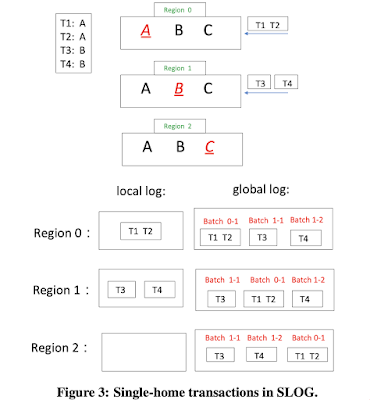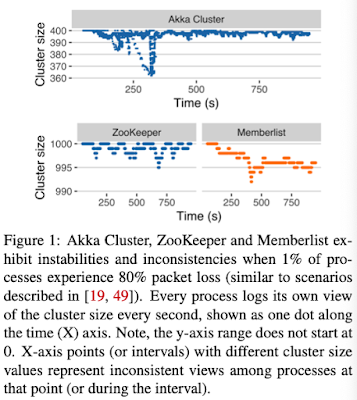Vincent Van Gogh, Lust for Life

I recently listened to the audio book of Lust for Life, a biographical novel on Vincent van Gogh's life. The book was written by Irving Stone in 1934 after a lot of research and processing through 200+ letters between Vincent van Gogh and his younger brother, art dealer Theo van Gogh. The book is long at around 500 pages. But I enjoyed the book because I was mesmerized to learn about Vincent van Gogh's life and the hardships he endured. On the other hand, this book was written 90 years ago, and it shows. In many places, the book is cheesy, novelized with cheesy romance, oversimplification, sentimentalization, and chivalry. It is ironic that the book explicitly violates the principles of avant-garde art movement, which it narrates from Emile Zola's mouth while narrating Van Gogh's life at Paris. A short biography of Van Gogh Courtesy of Wikipedia Born into an upper-middle-class family, Van Gogh drew as a child and was serious, quiet, and thoughtful. As a young...







